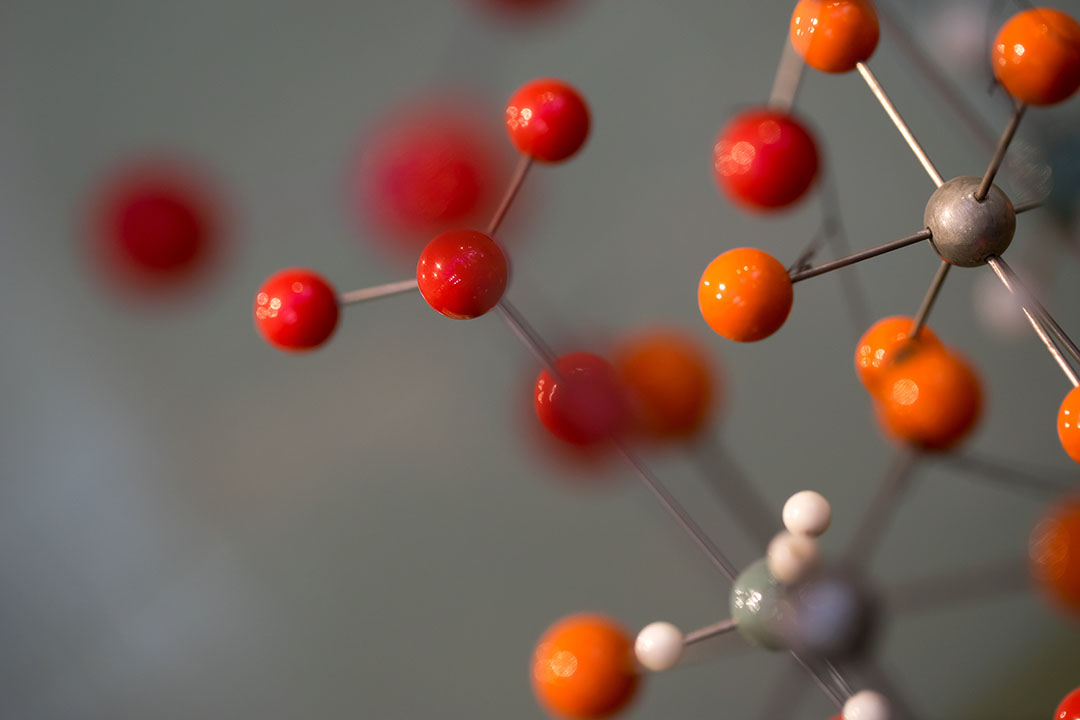Omics techniques: A major development in nutrition research

The use of Omics techniques to investigate the effects of challenges and treatments in livestock on a broad molecular level is a major development in animal and nutrition research.
These new types of analyses allow a much deeper systematic insight into the biology of animals and their interaction with nutrition, but they also bring new challenges. Omics is not a field of science, rather a set of methods used to measure experimental subjects in specific research questions.
At their core, Omics techniques aim to measure the total composition of a specific biochemical group: (meta)genomics for DNAs, transcriptomics for RNAs, proteomics for proteins, metabolomics for small hydrophilic compounds, and lipidomics for small lipophilic compounds. The physiochemical properties of the chemical entities of interest determine the analytical method used. Therefore, there is a split in Omics between sequencing-based methods for DNA and RNA and mostly mass-spectrometry based methods for proteins, metabolites and lipids.
In all methods, however, the ability to measure many molecules at once is traded off with the ability to measure the absolute concentration of those molecules. Additional trade-offs are a limited sensitivity for sequenced-based methods, and a lower precision for mass-spectrometry-based methods in comparison to their targeted counterparts.
Notably, due to the amount of data generated in comparison to classical analytical methods, visualisation of data and results with graphs is an essential step in any Omics data analysis. Usually, Principal Component Analysis (PCAs) or Principal Coordinate Analysis (PCoAs) are utilised to investigate general differences between samples and show the effect of experimental treatment on the Omics entity under investigation.
For statistically significant effects, heatmaps or volcano plots are useful to guide the selection of interesting molecular patterns. Furthermore, researchers categorise the genes, and other molecules, according to an associated function, which was previously described by other researchers and collected in databases. Often one molecule is involved in many processes, and one process is comprised of many molecules. These many-to-many relationships make interpretation of the data difficult, but with careful consideration of the biological context, these pathway associations can guide the researcher to a useful, testable hypothesis about the inner working of the investigated samples.
The fundamental achievement of Omics is that a phenotypic observation – the composite observable characteristics or traits of an organism – in an animal trial can be combined with measurements of most molecules which make up the biological environment in a sample (Figure 1). Thus, visual and other known differences between the samples can support the interpretation of Omics results and lead to a conclusion that explains the molecular mechanism causing the phenotype.
However, while Omics methods give an idea about how the whole biological system under investigation changes, it is not the best choice to show how a specific part of the system changes. Thus, targeted methods, or a targeted new experiment, need to complement trials with Omics methods to test the hypotheses from the Omics results.
Omics methods cannot replace a phenotypic finding like better feed conversion ratio or faster vaccination response, but they can guide the researcher towards a targeted, testable, hypothesis about the underlying molecular mechanism behind it.
Author:
Dr Martina Klünemann, Research Manager Nutrition Immunology at Evonik








